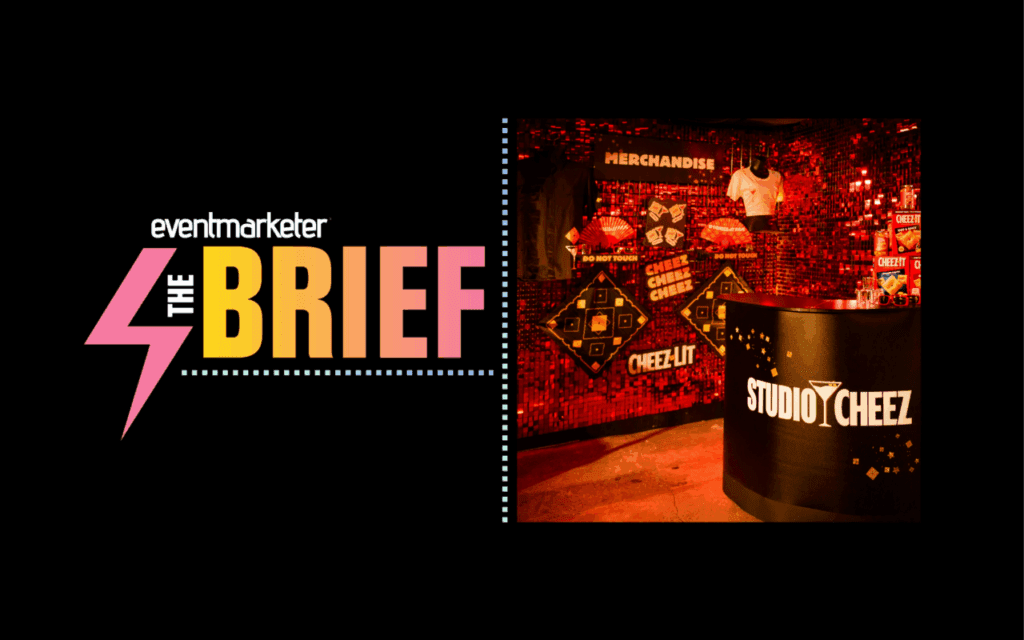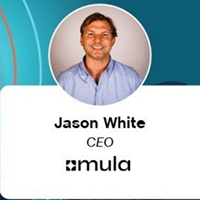SAMPLING: $1.2 BILLION
Event marketing helps push spending 7.1 percent.
Product sampling may not have posted the double-digit growth of recent years in 2000, but the tactic remains vital to many brand plans as marketers devise increasingly creative ways to pass out the goodies.
Spending on sampling programs rose a healthy 7.1 percent to $1.2 billion in 2000, according to PROMO estimates based on industry sources. “Sampling today isn’t growing at the same pace as it did in the early ’90s, when we saw huge gains,” says MaryAnn Rivers, executive vp at Valassis Communications, Livonia, MI, and co-chairman of the Promotion Marketing Association’s product sampling council.
But the tactic is still viewed as a necessity. “There’s two ways to look at the industry,” says Mike Napoliello, director of account services at U.S. Marketing & Promotions, Torrance, CA. “On one hand, total volume is up [only] slightly. But sampling as a percentage of overall marketing dollars is up.”
Ironically, part of the growth slowdown seems to stem from the fact that marketers are relying more frequently on the tactic, conducting smaller but consistent programs rather than occasional blowouts. “It used to be considered a luxury item, but now it’s integrated into almost every product launch,” says Rivers. And with manufacturers turning more to new-product introductions to boost slow growth in existing lines, spending growth should continue in the next few years, says Rivers.
While targeting is all the rage in promotion these days, the key to successful sampling still often rests in casting as wide a net as possible. “You can’t get so targeted that you don’t move the needle when it comes to customer acquisition,” says Rivers. “There needs to be a balance between targeting and driving down too far.”
The concept of sampling has moved away from the simple premise of handing out product on street corners.
“For us, it’s about building brand connectivity,” says Lee Heffernan, president of Totowa, NJ-based CMI-SFX. Rather than just passing out bottles of Dasani water for client Coca-Cola, CMI gave massages to consumers as they quaffed. “That creates a memorable moment,” says Heffernan.
CMI has even flouted convention by running programs that required consumers to — take a deep breath — buy the product. Working at the 2000 Summer Olympics in Sydney, Australia, for Rochester, NY-based Eastman Kodak Co., the agency’s field reps worked the crowd wearing logoed backpacks and selling one-time use cameras and film.
More Than Product
While few marketers are ready to go that far, many are building programs that offer a taste of the brand along with a taste of the product. New Unilever unit Ben & Jerry’s Homemade last year set the sampling stage with “Urban Pastures” that featured a 90-foot hot-air balloon and guerrilla visits to office buildings in 13 cities. More than one million free scoops were served.
Creating an entire branded environment also keeps products from getting lost in the crowd. “Sampling distribution at special events is strong,” says Rivers. “But marketers [increasingly] want events to be customized around them. If they show up, they want to be the sole brand.”
“We’ve tried sampling before, but this year we wanted to go out with a real bang,” says Nick Meyer, product manager for Austin, MN-based Hormel Foods’ Spam brand, which in March launched a 25-foot-long Spammobile to travel the Southeast distributing free Spamburgers at events.
Alternative venues are hot. In March, New York City-based Unilever affixed three million samples of its new antibacterial wipes on popcorn bags at movie theater concession stands.
In this kind of environment, distribution through newspapers may sound like old hat. But print media is more popular than ever. “Newspapers are becoming more viable,” says Mike Hendry, vp-retail marketing at MarketLogic, Santa Monica, CA, which manages targeted, at-home sampling programs. “In the past, newspaper efforts weren’t as formalized as they are now.”
That the Internet is playing a greater role for sampling is not in question. But opinions on the medium’s effectiveness vary widely. “Internet sampling levels the playing field,” says Larry Burns, ceo of StartSampling.com, Chicago. “A typical newspaper bag drop keeps smaller companies [out]. An Internet effort is affordable enough to bring them in.” Still, StartSampling lists such major players as Procter & Gamble, Nestlé, and Unilever among its clients.
“Our interactive business is way up this year over last year,” says Dennis Garberg, president of The Sunflower Group, Overland Park, KS, which operates freesampleclub.com in addition to its numerous real-world programs. (Sunflower expanded its operation last year by acquiring News America Marketing’s in-store sampling division.)
Others disagree. “There’s not a lot of push from consumers who are required to go to sites,” says Hendry, referring to standard sampling practice of finding consumers rather than waiting for them to arrive. Still, among the Internet’s plusses are lower costs and higher trial rates.
SNAPSHOT:
- Product sampling revenues rose 7.1 percent to $1.2 billion.
- Marketers are looking to balance targeting techniques with broad reach.
- Programs are turning into full-blown branding campaigns.

 Network
Network

